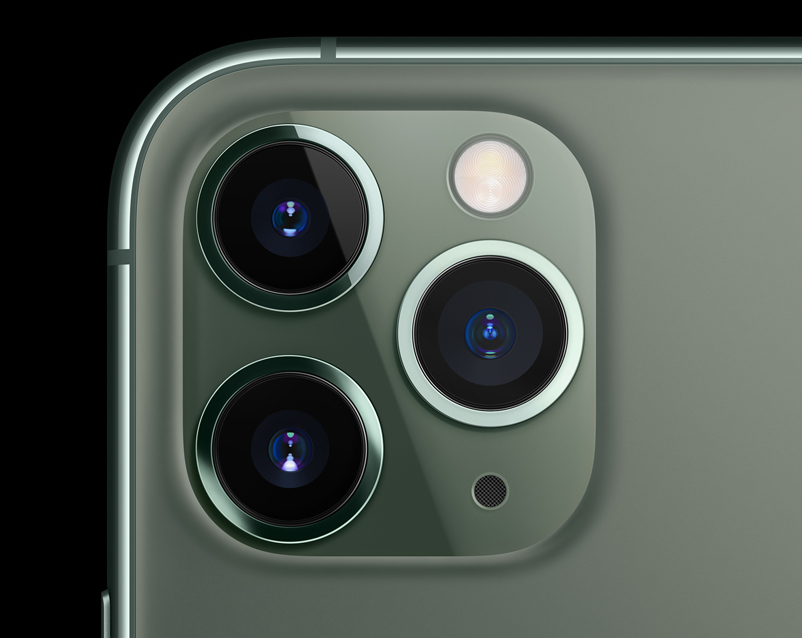
Harley Turan exploring the contents of the metadata stored in your phone:
Each one of those images doesn’t just contain the photo you see as you scroll through the Photos app — it contains a wealth of information stored encoded directly into the image file itself. It details useful metadata such as where the photo was taken (so that you can view your photos on a map at a later date), the time and date the image was taken at, which lens and zoom levels were used, the exposure, ISO, and aperture, amongst many others.
[…]
This metadata is called EXIF (Exchangeable Image File Format) and is stored inside of the photo files themselves, appearing right at the start of the image
Every image is a dense ball of information. Not just containing captured light, but your exact position and orientation at a given moment in the time.
If you have a time machine and happen to be free August 13th, 2023 at 13:07:57, you’ll know precisely where to find me.
So what kind of information can we glean from this data set? Here are just some examples that Harley shows:
- Which photos have the subject positioned too close to focus on?
- What was the shortest amount of time spent after turning my phone on before I took a photo?
- How many photos d o I have where I’m traveling over 50mph?
- What is my fastest photo?
- What is my fastest photo on land?
What is even more concerning is what can be gleaned from the GPS data that is encoded within the EXIF meta data of an image. Any third party app can query the location your were at, when you were there and by analyzing the image using AI classification tools - what you were doing there.
Here is the scary part - with a historical record of this information, an app with this data can predict to high degree where you are likely going to be in the future.
Are you paranoid enough yet?